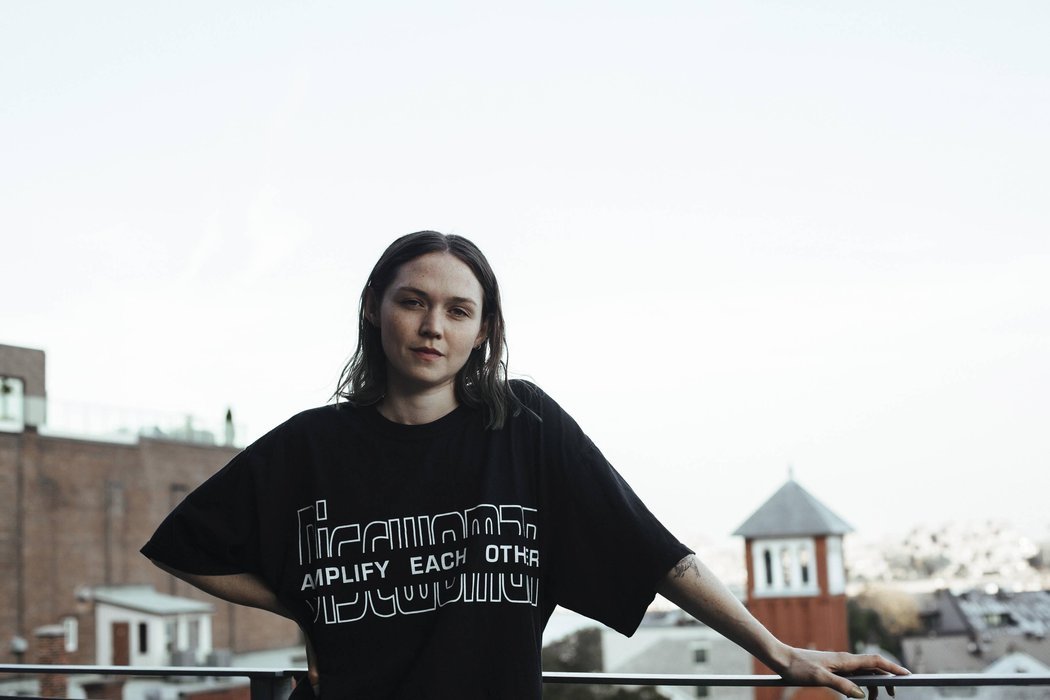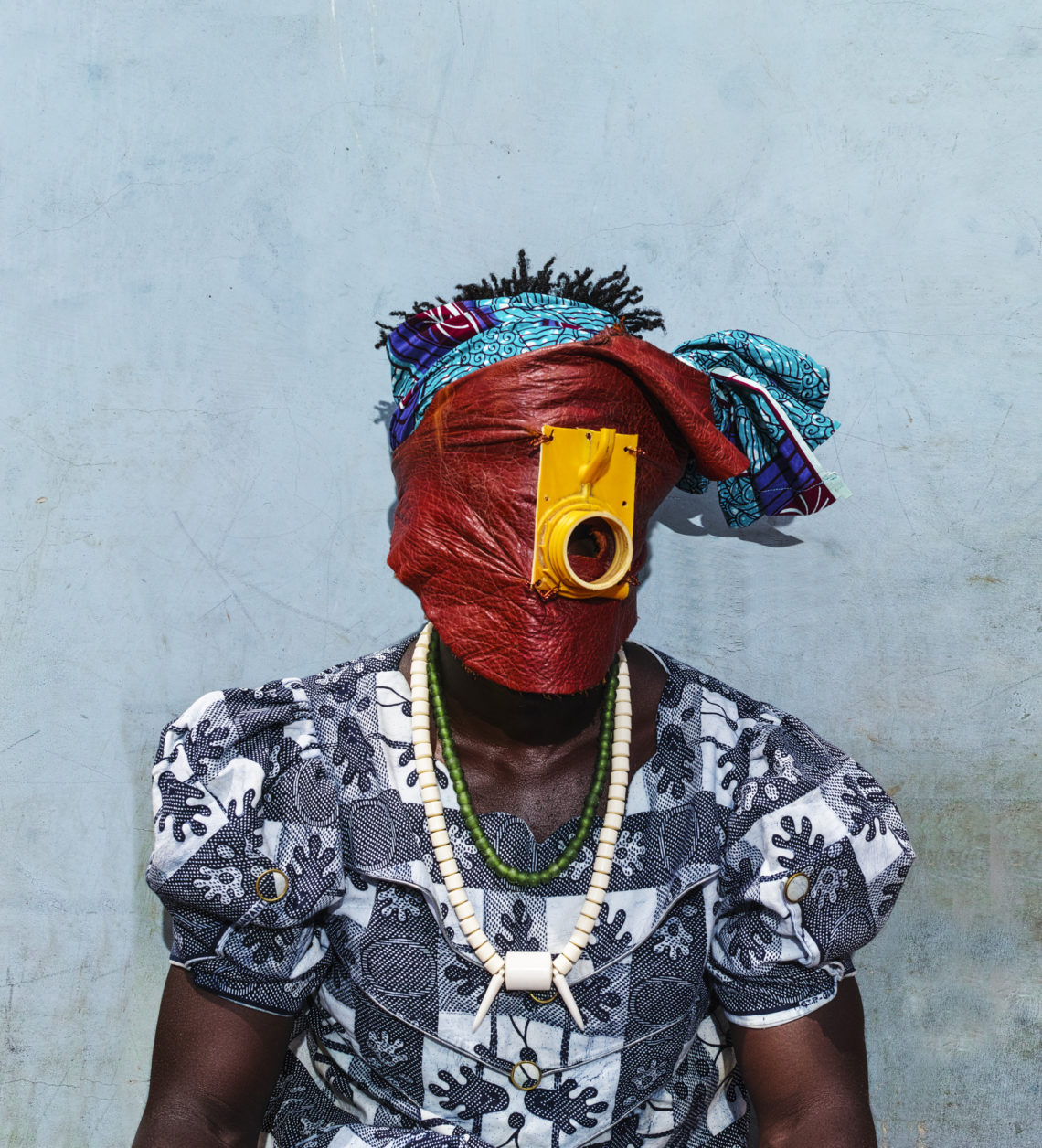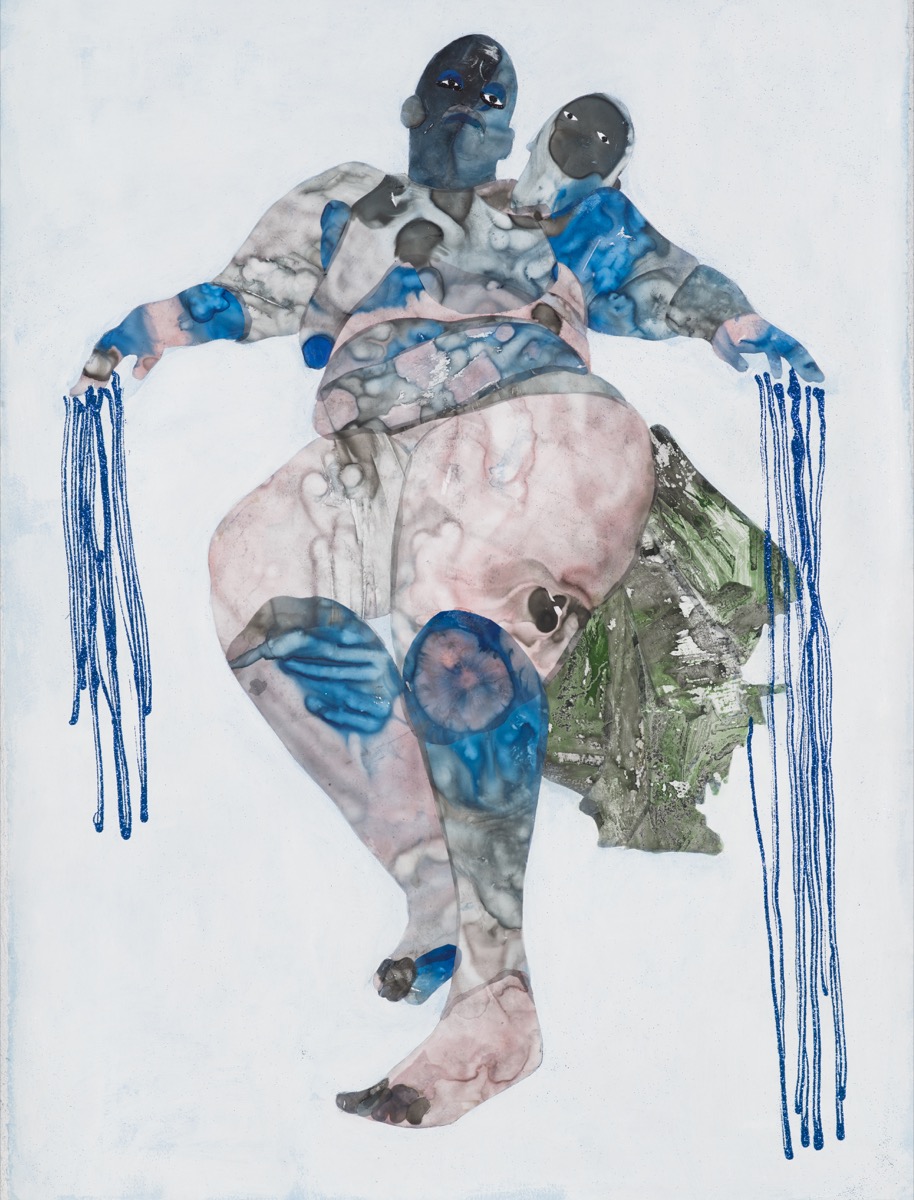One of my favorite hidden gems in Joburg just so happens to also be a “tribute to South Africa’s punk and alternative scene” past! On Jan smuts, opposite the Goodman gallery lies an entrance surrounded by a leather garments display, and if you’re lucky you will see a black and chrome bike with dangling tassels outside the entrance. A “punk rock” machine on two wheels signals that the owner and founder of the store Add-Vintage, Mike Leather, is currently on site.
Born and raised in Joburg, Mike would become involved in leather works by honing his craft at Joburg’s Market Theatre, making his own clothes. “Back then I Started making styles for myself. Me and my Bro were punk’s back then.
“I used to have a Mohawk and arm bands with the studs.” He had (and from just looking at his amazing array of jackets in the store has kept) a grand collection of 80’s leather punk jackets. He knew the styles and made sure to keep up to date with the underground trends,
“It was the 80’s. Anything I had in those days that was different you could not buy. You had to make your own style”. Punk’s like Mike and his brother, Quiet, would frequent Yeoville and Hillbrow at that time. Their friends would hang around their crib to start the evening’s festivities and then they would make their way to the main jol. “We partied in ‘Subway’ downtown and at ‘Doors’ which was based in Carlton Centre. Everybody was there as there were few places within the scene you could go. People from overseas would come to South Africa to hang around Newtown. That was the place to hang around to find that style of people. The jols, the homies all stayed downtown”.
These were the places where their friends were every Saturday and Saturday. It was here that you would find the movement. The Joburg Punk movement was downtown near the market theatre. “That’s why when one said they wanted to ‘hang out’ you would find your homies, the parties, the clothes; everything you needed was there”.

I was blessed to have Mike give me a historical account of his own style. Where he came from it was all about creating things, your own style and from there he begun making his own leather shoes and clothes. Eventually I’m wearing the gear and people were like they want it! So I would make for myself and then people started ordering from me and that’s where it started.
He explains what the trends in the 80’s were like to me: “So many things are happening today. Back then, those days in the 80’s you didn’t see somebody different. Back then a black punk with white boys playing rock, jamming to punk music, it was something very different for people out there. People saying things like ‘they are drug addicts’. They didn’t know what to think about us. Also it wasn’t easy because being different at a time that was mostly formal.” His style was too spaced out for the crowd, a mainstream crowd deep within the cultural yolk of apartheid.
“Now my style and that of my bro was more English punk. We’d hang out in subways. This was something double different to see at the time. As both black men who were also enjoying the music with white people. It wasn’t easy to be different back then and also hang around with the white boys. It was very tough. The way people look at you and think of you. They thought punks are Satanists. There would be this thing where being dressed up in black would get goths and punks put together, stereotyped as being the same and being called ‘Satanist’. Those that were different were put into the same stereotype regardless of their race.
Mike explains how today it’s much easier to be “different”. For him the different styles can be seen on TV and you can easily get them at the stores. “Back then there was no TV. If you did your style you did it by yourself. The underground movement styles changed due to introduction of TV”. The cheapening of the devices created a new advent of access to the various styles within popular culture. But with TV also meant an increase in access to cheaper garments that reflected this popular style.

“My clientele understand me. Back then with punks and gothics you knew exactly how to move with the trends or your style. Punk was doc martin, studs, leather jackets. Those are the things you did. Now it’s not as distinct. TV dictates the styles. Today I have a variety of people coming into my store. When I young with bro we used to have a shop in Hillbrow called ‘Kingdom Leather’ that was front opposite the New Metro. I used to ride when I was young. I was a Punk, a rider, the same movement that I came from. These were the clientele that we served”. These are the clientele that he continues to serve today.
When one enters his ADD-vintage store on Jan Smuts you are entering a period in South Africa that’s not really talked about. “Not much has been different in my store from back then. I knew exactly who my clientele was, the punks, the rockers, the riders. You don’t see punks, goths like you did back then”.
He explains how today you find people who don’t know themselves and their style. I would even add that we are over exposed to mainstream trends. “Mostly, today you get stuff anywhere and so much of the style depends on the person. You can get the stuff Chinese made but not with quality”. For Mike it’s the quality that defines his brand and I would even say ‘the style’.

He describes how the people he sees nowadays are those with a very strong sense of style, the new punks, those who dress differently. “When they come into my store they say ‘WOW, I haven’t seen a shop like this for many years’, you know what I mean? This reminds them of stores like those found in London Camden market. The punks and stuff are still happening now but not like here”. Mike’s store presents the style as it was done back then. He explains how some people still want something specially made. “They want to go somewhere you know the stuff is quality. This is where the difference comes with my shop”.
“Others are afraid of the shop. They don’t know about the jackets, about the movement. So this is what is happening.” Today his clientele is not so well defined and so all sorts may enter his store. His store is a representation of a time of defiance. Those who know their punk, rock and style history will know of the importance of such to those who would wear their defiance! It’s overwhelming to enter this store as it also speaks to a very specific time in style history. If you look carefully you can even observe some leather bondage gear (of highest quality of course), a skull helmet and plenty of metal stud jewelry.

This style is experienced sensually within the store! One is greeted with the all-consuming scent of leather. Make no mistake this store is all about the leather, bottom to top, and its shelves brimming with fine leather vintage and biking goods. One wall houses a beautiful collection of white cow boy leather boots that would make any Dolly Parton fan flush with excitement. His store is one of quality, long lasting wear that will not only test the strength of time but test the wearer’s grit in being able to keep the movement alive!
The shop can be found on 144th street on Jan Smuts Avenue
in Johannesburg (opposite the Goodman gallery). Operating hours are from 9am to 5 on weekdays. You can also contact Mike directly on
0837282274 and he will gladly assist you with your queries.


















































